Google's new HQ will be "more like a workshop than a corporate office" says Bjarke Ingels
Exclusive: in this exclusive interview, BIG founder Bjarke Ingels talks about the spectacular new HQ he is co-designing for Google, which wants to set a new industry standard for workplace design and help define "Google 2.0" (+ movie).
Speaking to Dezeen today, Ingels said that he and project collaborator Thomas Heatherwick were creating a campus that would be "more like a workshop than a corporate office".
Ingels said that the new headquarters, dubbed "Google 2.0", would build on the tech giant's reputation for innovative office design, following in the footsteps of the Googleplex – which saw Google ditch the office cubicle for the first time.
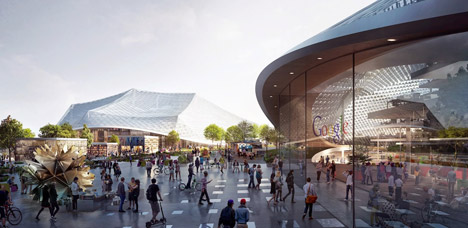
"Everybody knew that they had foosball and slides and beanbags and snacks," said Ingels.
"What came from that pioneering experience has become the new established way of doing things, and one of Google's ambitions with this project was to do it again. The Google workplace 1.0 has become the industry standard and there is a genuine ambition to try to look at the Google 2.0."
Silicon Valley's two other big tech companies – Apple and Facebook – also have new campuses underway, with designs by architectural heavyweights Norman Foster and Frank Gehry. But Ingels suggested that Google North Bayshore would be the one that will become a model for the workplace of the future.
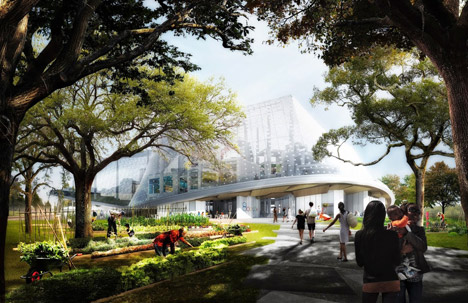
The Googleplex, designed by architect Clive Wilkinson and also located in Mountain View, has been Google's base for the last 15 years. The success of the design prompted Google to invest in increasingly playful designs for its outposts around the world, such as its Tel Aviv office full of orange trees and its London headquarters that features balcony gardens and allotments.
BIG and Heatherwick Studio last week unveiled their plan for a new campus across four sites, creating a flexible new headquarters of buildings and gardens sheltered beneath translucent canopies.
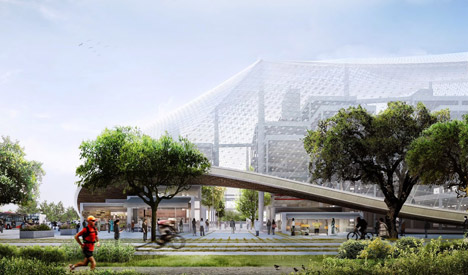
Ingels was speaking to Dezeen in London following a talk at the Architectural Association about the BIG exhibition Hot to Cold, which opened in Washington DC in January.
He described the Google project as a series of structures that can be adapted or replaced as Google's needs change.
"We are trying to retain this feeling of having an environment that anyone can actually hack if they want to," he said. "It doesn't exactly look like a boring office building."
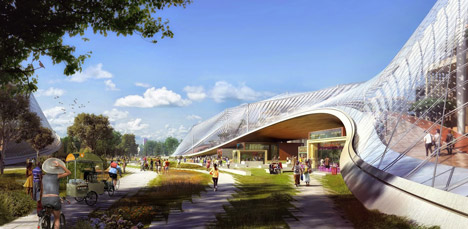
But Ingels and Heatherwick – whose assorted portfolios include a garden bridge across London's Thames and a combined power plant and ski slope – had to reign in the tech giant's expectations to create a buildable scheme.
"In this case, both Heatherwick and ourselves had the feeling that we were working with a client that was constantly setting the goal way further then we were used to," said Ingels.
"Our job, rather than trying to stretch everybody's imagination, was to actually try to land someone's imagination in a way that would be buildable and doable."
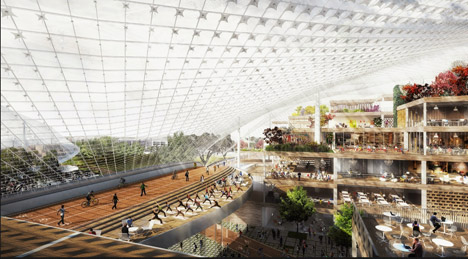
Ingels and Heatherwick, both still in their 40s, have been working on the project for just under a year. Their proposal involves not only buildings, but trees, landscaping, cafes, and bike paths, all sheltered beneath the network of canopies.
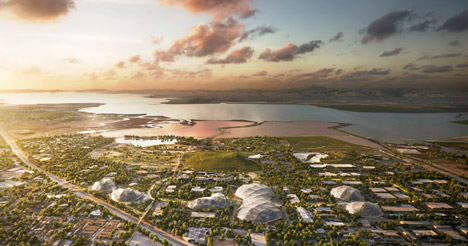
"Silicon Valley has been this global engine of innovation and economic growth over the last few decades, but a tidal wave of innovation that has been focused very much in the digital realm," said Ingels.
"It has had a tremendous impact on social space and how to do commerce and interact with people, but not so much in the physical realm. Our ambition with Google now is to see if some of that energy and some of that intelligence can now be invested in our physical environment."
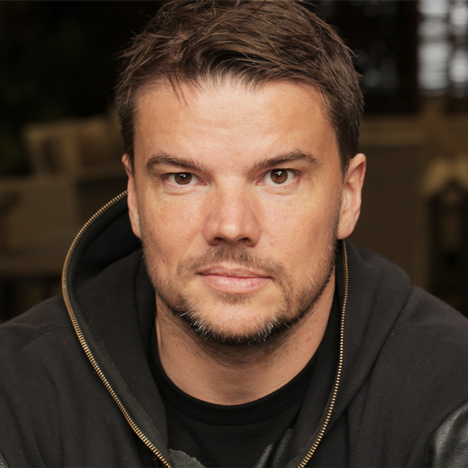
The full interview with Bjarke Ingels will be published as a series of movies on Dezeen over the coming weeks.